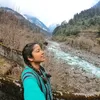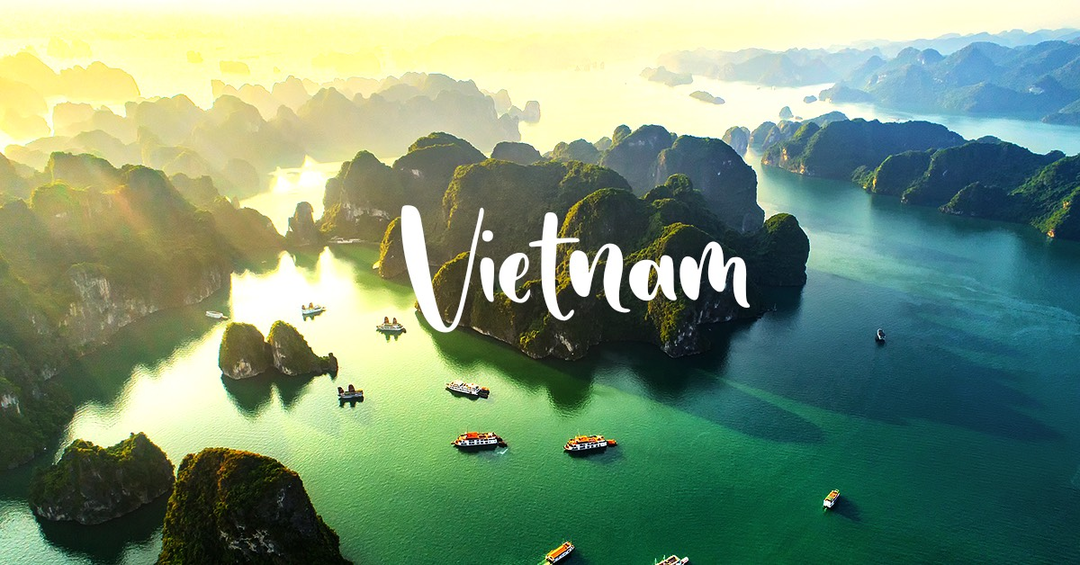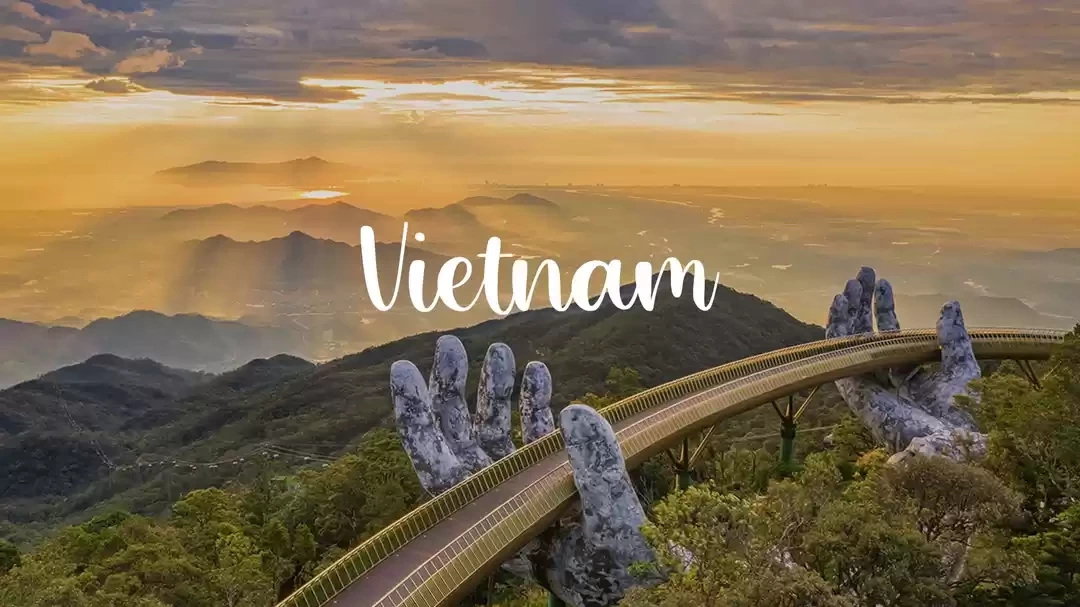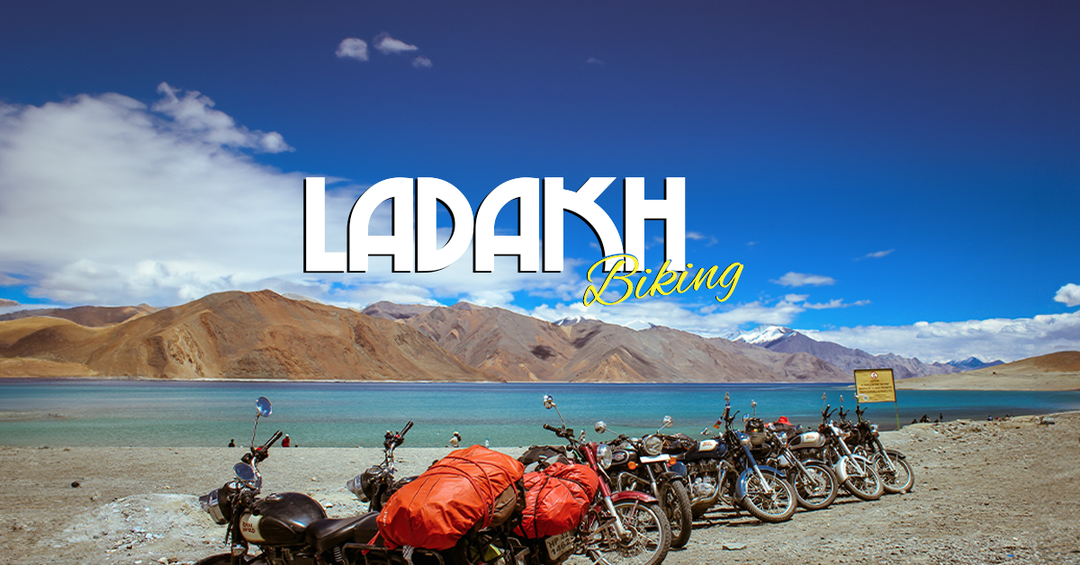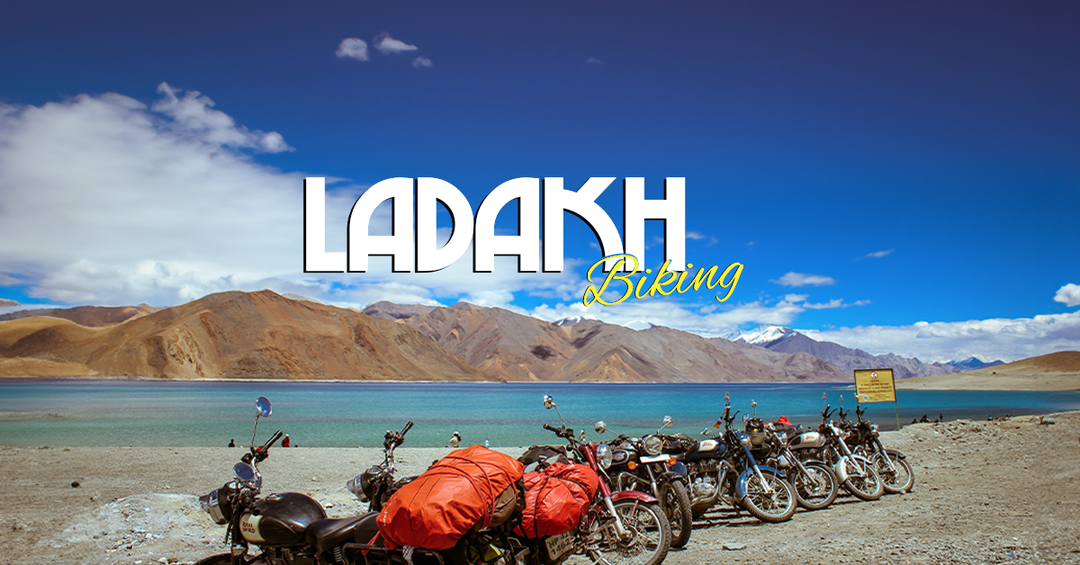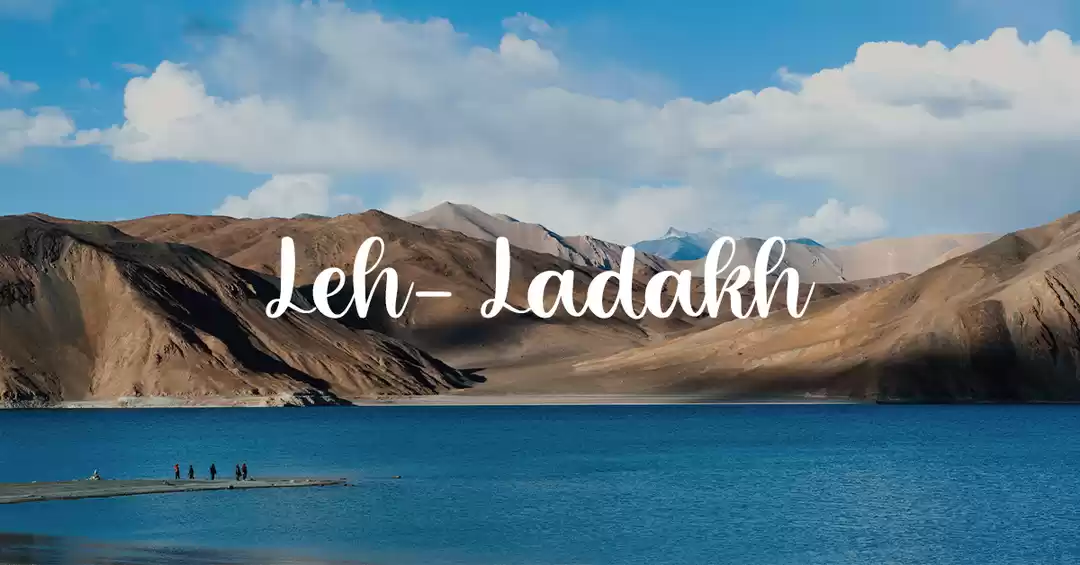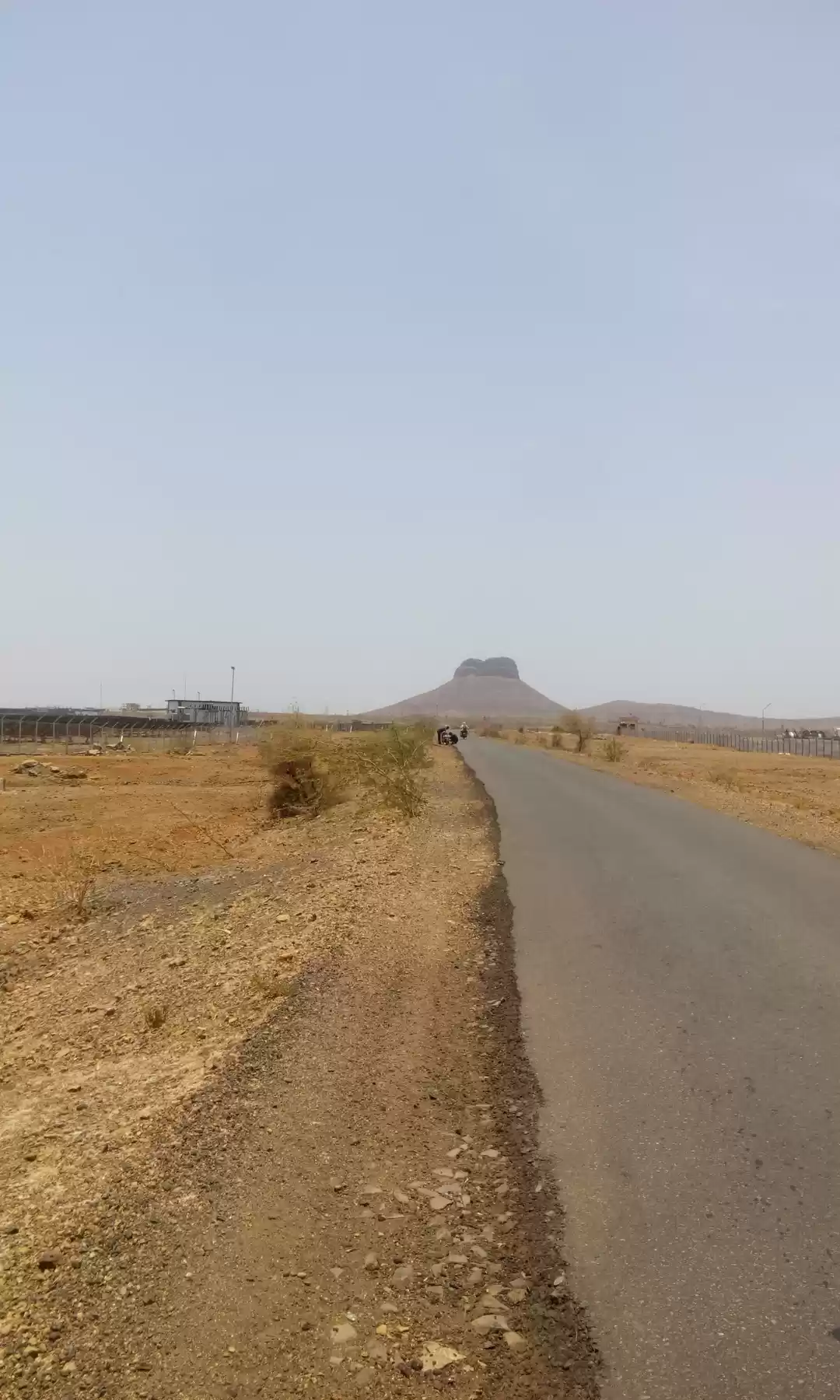
We all love places where it snows, don’t we? So many of us take trips to the mountains when it snows or when the probability of snowing is the maximum. We dance amidst snowfall, all those pictures in a snowy backdrop seem so perfect, but staying in a tiny Himalayan hamlet throughout the winters is a lot different experience. And things may no longer remain as rosy as they seemed to be.

So, how different is a mountain life from your usual city life, and that also in the winters?
Getting prepared for long power cuts: Snapping of power supply is a common occurrence in mountain destinations when it snows heavily. Long power cuts, even for days together is not uncommon (because snow build-up on trees and power lines can cause the wires to break). You need to embrace that situation if you have plans to experience winter in the mountains.

You have to walk, a lot! Heavy snowfall makes it very difficult for the cars to get going. Cars easily get stuck and roadblocks are so common that walking is always the best option. You must be mentally prepared with walking in knee deep snow or slippery pathways to reach the nearest shop, may be! Because, snow everywhere!
Forget about drying clothes:

If you are too fussy about washing garments everyday, then drying them would be a huge task. You can opt for a room heater may be, for drying purposes, if and only if electric supply works.
Time to live with minimal water consumption: Extreme cold weather can mess with water supply lines and eventually you can run out of water. So, stock up drinking water and a couple of buckets(water-filled, of course) beforehand, but always learn how to go water-free for washroom or hygiene purposes in case any unforeseen circumstance arise.
Getting introduced to slow living: Often, you are under house arrest when the weather outside gets harsh and you are left with no other choice. Of course, mountain life is a lot different from your usual, happening city/suburb life. But you get to spend time with yourself which is otherwise least possible while you lead a busy life in a fast-paced city. You learn to pause, breathe and live in the moment. You stop for a while to appreciate nature. You disconnect from your mobile devices to interact with people near you-the locals, you learn about their cuisines and way of life and traditions.
Learning to live with very basic amenities:

Living in a remote Himalayan village is not as fancy as it looks, and a winter in those villages is surely going to test your patience and adaptability. Forget about luxurious hotels, sometimes local houses are the best option for your stay and food but the warmth and hospitality they provide is unmatched in many levels. In many of the villages, having mobile network is still an imagination.
Despite these challenges, how this experience is immensely unique and rewarding?

Challenges are worthy when the reward is huge. The Himalayan landscapes take a very different look under snow cover which surely takes your breath away. Apart from picturesque surroundings, this kind of experience is much needed in our stressful life where we find very little time for ourselves. You get a chance to slow down a bit and introspect, looking back at the past and being grateful. The hardships of the locals inspire you in many ways and their way of living never cease to amaze you. You return, being more humble and with full of gratitude.
p.s. all these photographs are from remote villages of North Sikkim where I experienced extended winters in March 2019.

